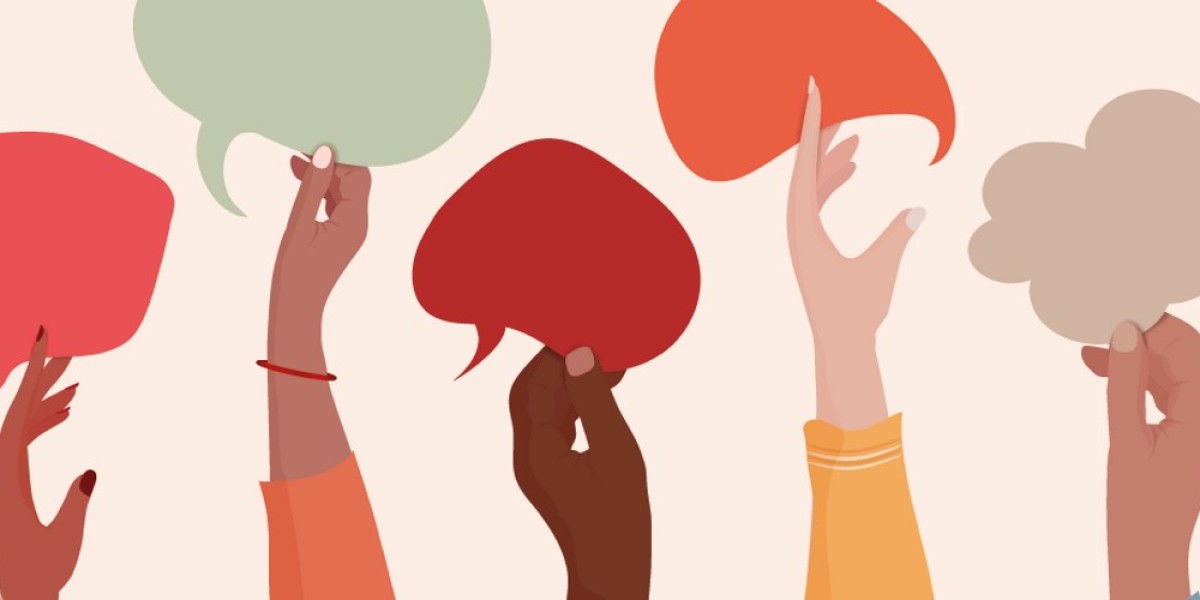How to Communicate with Music and Photos: A Creative Guide
Music and photos are universal languages that transcend barriers of speech, culture, and geography. They hold the power to evoke emotions, tell stories, and capture moments that words alone often struggle to convey. In today’s digital age, understanding how to communicate through these mediums can enhance your ability to connect with others on a deeper level. Whether you're a content creator, artist, or simply someone who loves to express themselves, this guide will walk you through how to effectively communicate using music and photos.
1. The Power of Music in Communication
Music has a unique ability to communicate feelings and ideas that go beyond the literal meaning of words. It taps into emotions, memories, and even subconscious experiences. Here's how you can use music as a form of communication:
A. Understanding Genre and Emotion
Different genres of music evoke different emotions, and choosing the right genre is key to communicating your intended message:
- Classical Music: Often associated with elegance, calm, or reflection. Perfect for communicating a sense of tranquility or thoughtfulness.
- Jazz: Known for its improvisational nature, jazz communicates freedom, creativity, and spontaneity.
- Pop and Rock: These genres are typically more upbeat and are great for conveying excitement, energy, or a rebellious spirit.
- Ambient or Instrumental: This type of music creates a soothing atmosphere, ideal for communicating peace, introspection, or a dream-like mood.
Tip: If you're creating content for social media or a project, think about the emotional tone you want to set. For example, a motivational video might benefit from an energetic rock track, while a thoughtful reflection could pair well with soft piano music.
B. Using Melody and Rhythm to Speak
The melody and rhythm of a song can act as a voice. A slow, flowing melody might communicate sadness, nostalgia, or tenderness, while an upbeat rhythm might inspire joy, excitement, or urgency.
Think about the tempo (speed) of the music:
- Slow Tempo: Often evokes relaxation, contemplation, or sadness.
- Fast Tempo: Creates feelings of excitement, tension, or movement.
The rhythm, on the other hand, adds dynamics. A complex rhythm can make listeners feel more engaged, while a simple rhythm may create a more stable, reassuring feeling.
C. Lyrics as a Storytelling Tool
In some forms of music, lyrics are an essential part of communication. When crafting or selecting a song to communicate your message, consider how the lyrics complement the music. Are the words uplifting, introspective, or encouraging? Do they tell a specific story, or are they open to interpretation? Even without words, instrumental music can communicate powerful stories through shifts in tone and dynamics.
D. Communicating Emotionally through Music
At its core, music often communicates more through emotion than through literal meaning. When you're trying to communicate something heartfelt—whether it’s love, loss, or celebration—music can often capture the complexity of those emotions in ways words cannot. This is why music is so often used in films, advertisements, and storytelling. Pair the right music with the right moment, and your audience will instantly feel connected to the emotion you’re conveying.
2. Using Photos to Tell a Visual Story
While music taps into our auditory senses, photos allow us to communicate visually. A single photo can capture a world of emotion, context, and story, creating a direct connection with the viewer. Here's how to harness the power of photography in communication:
A. The Art of Composition
Composition is key when it comes to using photos for communication. How you arrange elements within a photo influences the message it conveys:
- Rule of Thirds: Dividing your image into thirds, both horizontally and vertically, and placing the subject off-center creates balance and directs the viewer's gaze.
- Leading Lines: Using lines in your photo to guide the viewer's eye towards the focal point helps to create a sense of direction or movement.
- Negative Space: Leaving empty spaces in your photo can evoke feelings of isolation, peace, or contemplation.
Tip: When taking or selecting photos, think about what you want to emphasize. Do you want the viewer to focus on a particular subject or feel a certain emotion? Framing and composition will guide that experience.
B. Lighting and Mood
Lighting plays a massive role in the mood of a photo. Harsh lighting with deep shadows can create tension or drama, while soft lighting might evoke warmth, comfort, or nostalgia.
- Natural Light: Often feels more authentic and can create softer, more relatable photos.
- Artificial Light: Can be used creatively to manipulate the mood of the photo, whether it's using a spotlight to create drama or colored lighting for a more artistic effect.
Tip: Experiment with different lighting setups to communicate the mood you want to achieve. For a more intimate, emotional photo, soft lighting may work best. If you’re going for something bold and dramatic, stronger, direct lighting might make more of an impact.
C. Capturing Emotion
People connect deeply with emotion in photography. A candid smile, a tear, a moment of surprise—these raw emotions speak volumes in photos. When trying to communicate through photos, focus on capturing genuine moments rather than posed ones. A photo of someone deep in thought can communicate introspection, while a photo of people laughing together can instantly evoke feelings of joy and connection.
D. Storytelling with Series of Photos
While a single photo can tell a story, a series of photos can create a narrative. When used together, a sequence of images can show progression, change, or a series of moments that are linked together.
- Photo Essays: Create a narrative arc through a series of images that progress through time or emotions.
- Before and After: This is an effective way to show transformation, often used in fitness, renovation, or personal growth stories.
Tip: When creating a visual story, ensure that each photo contributes to the overall narrative. Think about the beginning, middle, and end, and how each image leads to the next.
3. Combining Music and Photos for Maximum Impact
When music and photos are combined, they can create a truly immersive and powerful experience. This combination is often seen in slideshows, videos, and other multimedia projects. Here’s how to communicate effectively by blending the two:
A. Choosing Complementary Music
Pairing the right music with your photos can enhance the emotions they convey. If your photos are peaceful and reflective, pair them with gentle, calming music. On the other hand, if your photos are full of energy and action, upbeat music will amplify that excitement.
- Match the Mood: Ensure the tone of the music aligns with the emotion of the photos. For example, soft piano music would complement a serene landscape, while fast, dynamic music would suit action shots.
B. Timing and Synchronization
Timing is crucial when pairing music with photos, especially in slideshows or videos. Syncing the changes in the photos with the beat or key moments in the music creates a cohesive experience. For example, shifting to a new photo at a dramatic musical climax can heighten the emotional impact.
Tip: Use tempo changes in the music to guide when and how your photos change. Fast music pairs well with rapid transitions, while slower music benefits from lingering shots.
C. Creating Emotional Journeys
By carefully selecting both the music and photos, you can take your audience on an emotional journey. Start with lighter, more uplifting images and music, and then shift to something more introspective or dramatic as the sequence progresses. By aligning the peaks and valleys of your photo series with the changes in music, you create a dynamic and engaging experience that resonates with the viewer.
Conclusion
Communicating through music and photos allows for expression in ways that words often fall short. Music has the power to evoke deep emotions and tell stories, while photos capture moments and convey experiences visually. When combined, these two mediums can create a powerful and lasting impact, whether you’re working on a personal project or trying to connect with a broader audience.
By understanding how to use music to set the tone and evoke emotion, and how to use photos to tell a visual story, you can create more meaningful and engaging content. Whether you're crafting a photo essay, a music video, or a multimedia presentation, the possibilities are endless when you use these art forms to communicate.



